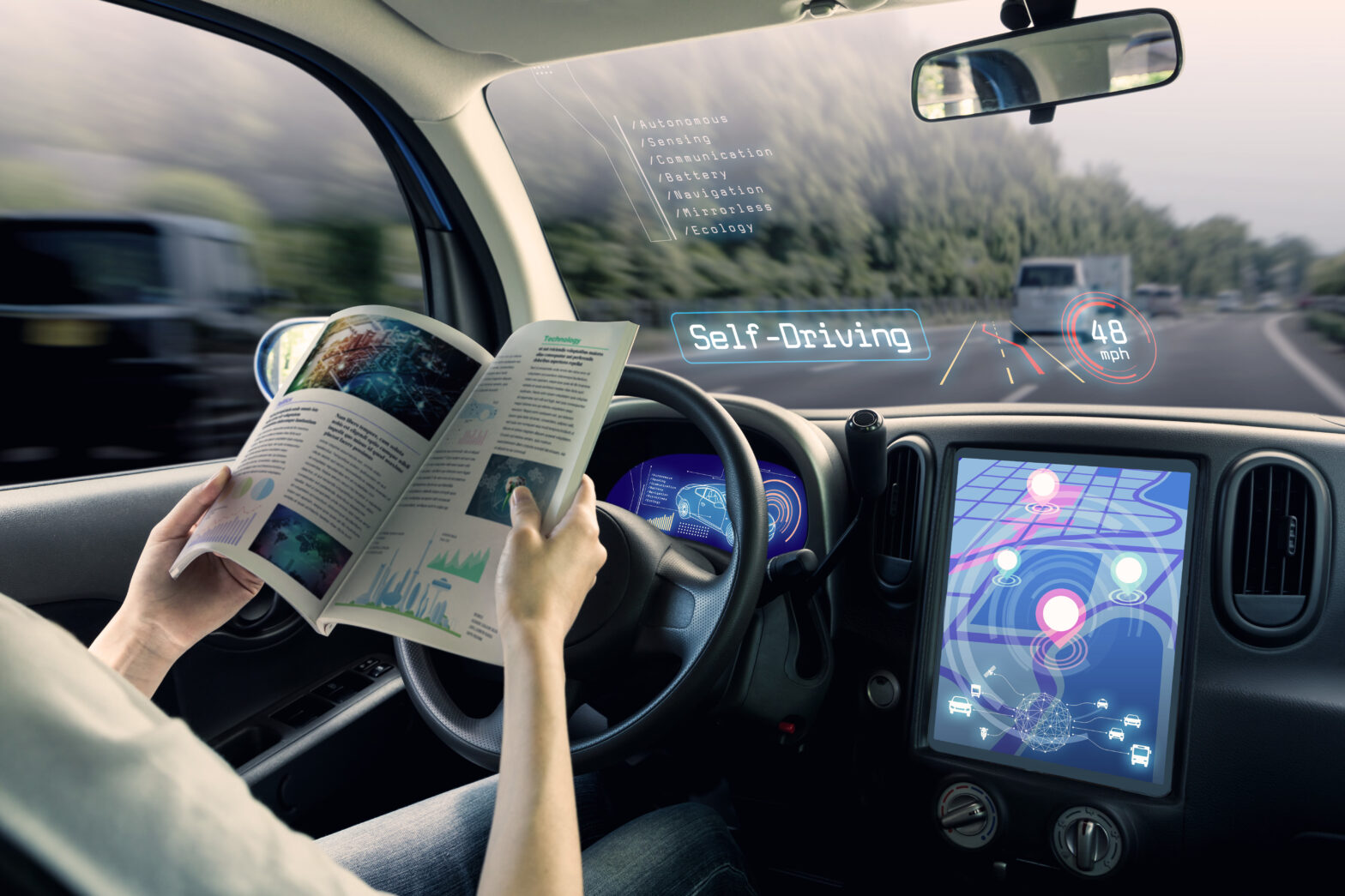The connected car of the future will rely heavily on a data-driven mapping system – a system that ‘self-heals’ and can understand the road environment beyond the range of a car’s onboard sensors.
Maps need to be both accurate and up-to-date. In order to guarantee that the automotive industry needs increased levels of collaboration amongst car makers to share their sensor data for the greater benefit of all drivers.
>See also: Preparing for an autonomous vehicle future
They can do so through an Open Location Platform that can ingest and aggregate live, anonymised sensor data, enrich it with high-precision location data, and transmit it back to cars in the form of near real-time, geo-targeted, contextually-relevant information about changing road conditions.
But the question remains, is the automotive industry ready to embrace this change and adopt an open collaborative platform?
The current automotive industry
Almost all high-end cars today are linked to the servers in the car manufacturer’s back-end infrastructure. Web connections are growing, allowing cars to share the latest information with other vehicles on the same system.
But even though vehicles are crossing the digital divide, the reality is that the data they generate currently doesn’t go very far. With over 50 different brands of vehicles on our roads, the market remains fragmented.
Today, there are only a handful of traffic service providers that supply OEMs with bespoke traffic services for their drivers, but the data collected is not rich enough to provide them with a complete picture of the road network as people know it.
>See also: ‘Roads for the Future’: The UK’s infrastructure transformation
Here lies the importance of collaboration, which within the automotive industry cannot be stressed enough. To fully realise the vision of an autonomous future, OEMs and technology companies need to start working together.
Take Audi, BMW and Daimler for example; despite being competitors, each of these three German OEMs exclusively share their rich sensor data through a cloud-based service provided by HERE, enabling the creation of tailor made services for any OEM. From reducing congestion to increasing in-car safety, having access to this diverse pool of data helps HERE create innovative, new services to tackle ongoing challenges.
Self-healing maps
Highly automated driving relies heavily on the seamless fusion and ingestion of static and dynamic road data by a vehicle’s driving and safety systems. ‘Where am I exactly? What lies ahead? How can I get there comfortably and safely?’ These are the types of questions which must be processed by automated vehicles every second.
In the real world, changes happen all the time – construction work begins, crashes occur, weather conditions are unpredictable – and this live map must reflect these constant changes, be updated in real-time and ‘self-heal’.
Through data sharing partnerships like Audi, BMW and Daimler’s, over time enough data will be integrated into the cloud that will allow the creation of a self-healing HD live map.
>See also: Connectivity: the fuel for the future of the auto industry
‘Self-healing’ maps will be extremely important for the autonomous future we’ve been dreaming of. A map that ‘self-heals’ is constantly looking to update and incorporate the very latest contextually useful information based on the location and surrounding environment of the autonomous car, ensuring the passenger gets to their destination in the fastest, safest and most efficient way possible.
Although vision is our greatest and most dominant sense, it has its limits. But the same cannot be said about autonomous cars. This new breed of vehicles will need to see through traffic, know what’s around the corner and understand what is happening in their vicinity at all times.
More importantly, these vehicles will need to understand the road environment beyond the range of their onboard sensors, cameras and radars and, at the same time, instil full confidence of their safety to the public.
Though this seems a visionary ask, maps built on ‘fresh’ data will be the driving force behind using real-time insight as the lens to see what is actually “around the corner”. They will know about the giant pothole on Regent Street or re-route the car from the standstill traffic on the M25.
But beyond that, vehicles will need real-time, accurate and semantically rich data to pinpoint lane-level positions, identify lane boundaries and objects in the road. This contextual data will enable autonomous cars to proactively and immediately manoeuvre in response to any changes or incidents that may affect the driving conditions.
>See also: The future of connectivity and delivery
Safety in self-healing maps
Self-healing maps will be key in determining the success of an autonomous future. These maps will constantly gather, analyse and redistribute information from real-time crowdsourcing updates to ensure the vehicle can safely navigate the road it’s travelling on.
Moreover, there’s still the major element of trust that needs to be overcome. While many are still sceptical about the safety of these autonomous cars, the intelligence that this real-time location technology and data brings will have the power to instil and cement our trust in autonomous cars and give passengers the confidence to hand over the driving reins.
The ability to collect and manage data from people, places and things in near-real time will promise to deliver a much safer driving experience. The self-healing digital map will play an integral part in the success of automation in the future, and as cars become more intelligent, consumers will become more trusting.
The age of autonomy is upon society and the promise of an efficient, seamless and incident-free experience is a crucial element in determining the success of the autonomous car vision.
Sourced by Sanjay Sood, head of Highly Automated Driving, HERE Technologies










